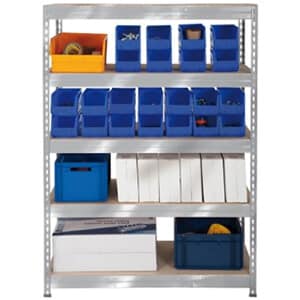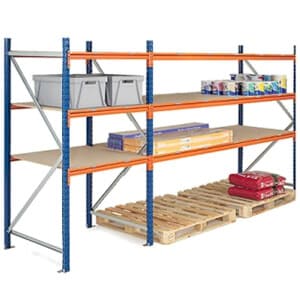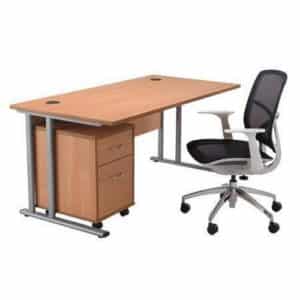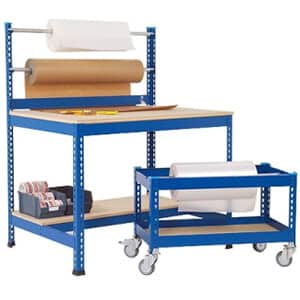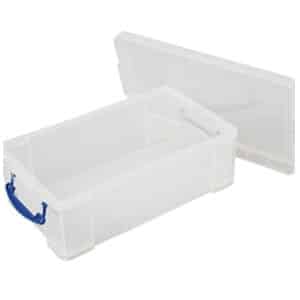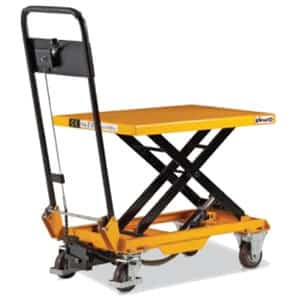Conventional Pallet Racking
CONVENTIONAL PALLET RACKING
The most versatile and popular system on the market for direct access to each and every pallet. Our conventional pallet racking (also known as wide aisle pallet racking), provides the ideal solution for warehouses with palletised products and a wide variety of product types and mixed rotation.
The height of the racking and the aisle measurements are tailored to suit the characteristics of the lifting devices, pallet size and the dimensions of the warehouse itself.
The structure is made from certified high-strength steel and has a durable powder coating, meaning that it is rigid, reliable and safe.
Advantages
Total stock control: there is a single pallet per storage space
Maximum adaptability to any load type both in terms of weight and volume
Can be combined with longspan beams for manual goods selection
The storage capacity of our adjustable pallet racking can be increased by installing double-deep racks, giving the option to store four pallets back-to-back rather than two (requires a deep reach forkift).
DRIVE-IN RACKING
This compact, accumulative storage system makes optimum use of available space in terms of both area and height. It is the ideal system for storing large quantities of homogeneous products with fewer product types.
Forklifts enter into the storage lanes of drive-in racking to deposit and extract pallets, which means that operating aisles are eliminated, saving a great deal of space.
Advantages
Maximum profitability of the available space (up to 85%)
Eliminates the need for operating aisles
Total control over storage and retrieval operations
Allows storage of as many product types as load lanes
Two operating systems are available: the drive-in pallet racking system, with only one access aisle, where the first pallet deposited is the last to be extracted, and the drive-through racking system, in which goods can be accessed from both sides of the rack and where the first pallet to be inserted is the first to be extracted.
The system is frequently used in cold stores (for both refrigerated and frozen goods) since it makes maximum use of space and therefore minimises costs in a temperature-controlled environment.


